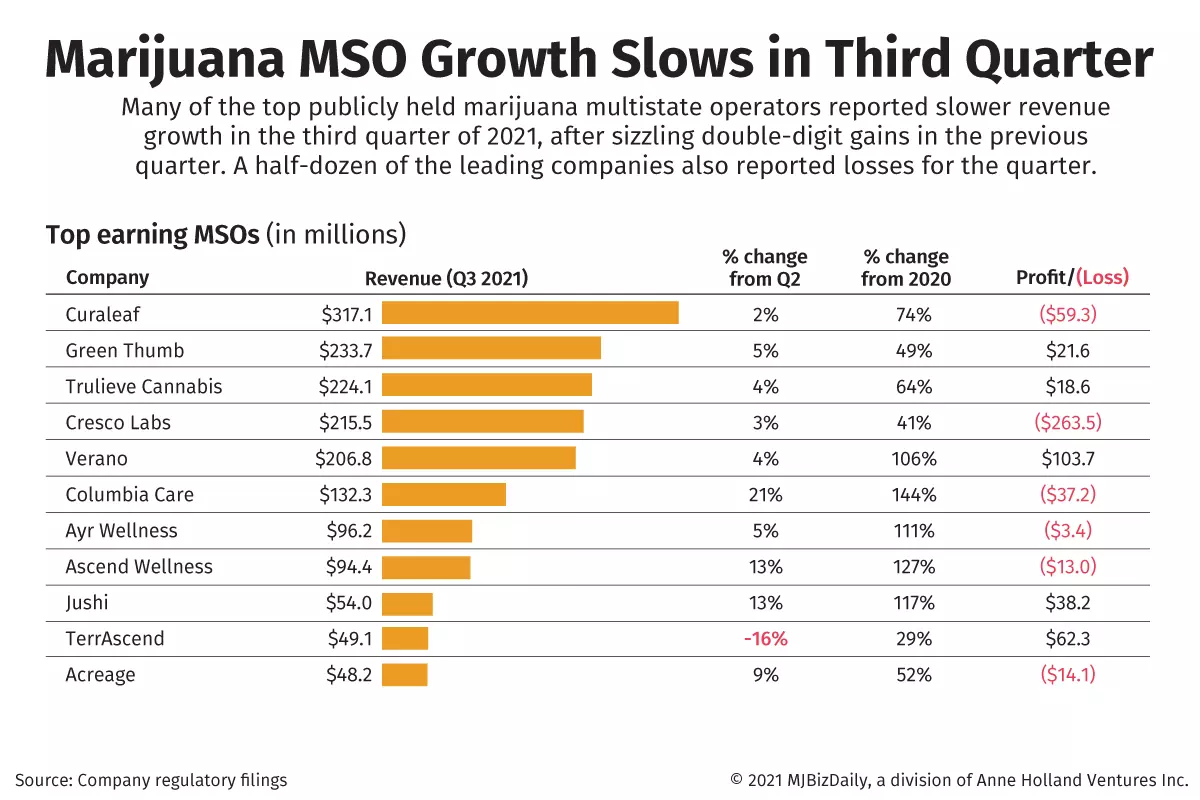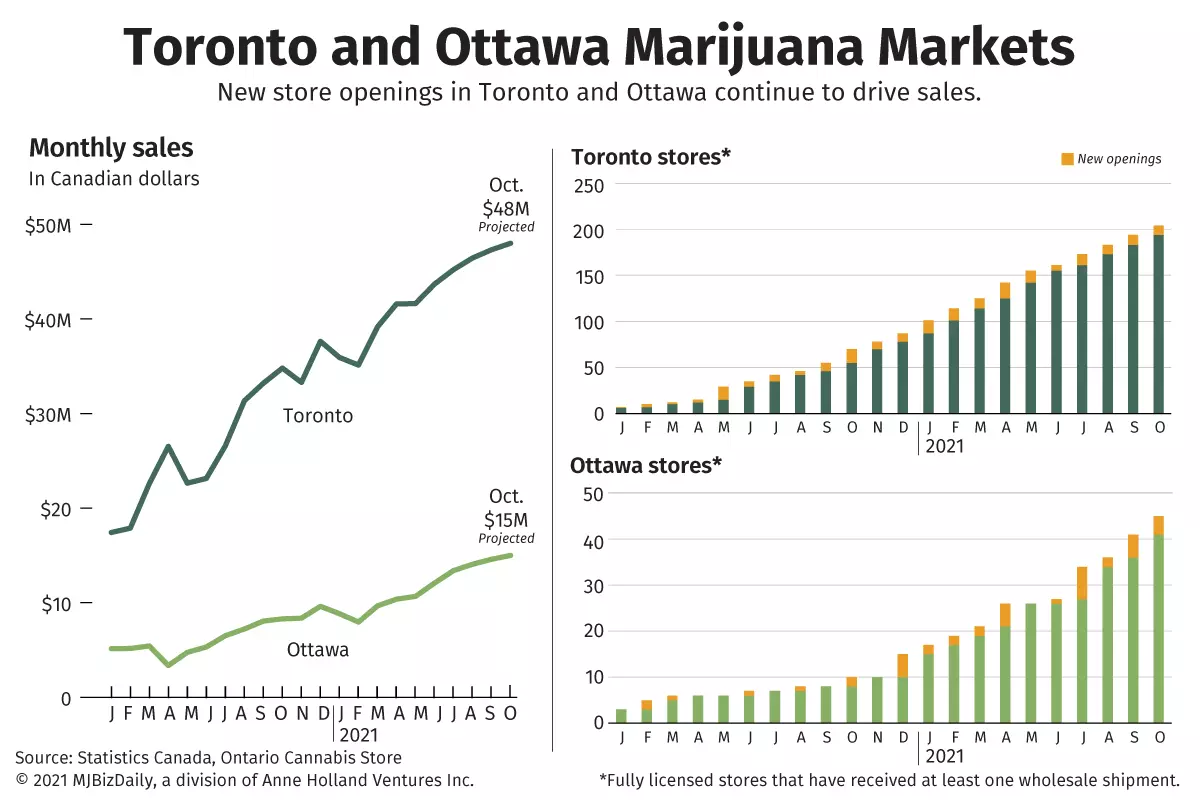A cannabis cultivation cap in Santa Barbara County enacted more than two years ago was intended to prop up the legal market and appease industry critics in one of the state’s largest growing regions.
Instead, it’s created challenges that include a bottleneck in the regulatory approval process as well as question marks for dozens of cannabis businesses, according to industry officials.
The situation has hit a boiling point: More than 50 cannabis farmers in Santa Barbara County face uncertainty over whether they’ll ultimately be granted any grow space to cultivate cannabis under the acreage cap or if they’ll be forced to cease growing altogether.
The 1,575-acre cap – which is the total amount of land supervisors approved for growing marijuana in the 27,000-acre county – positions the coastal community as one of the biggest marijuana producers in California.
But application processing delays, project setbacks and appeals have stalled the local market’s rollout.
“We’re aware that having a cap will produce some dysfunction,” Santa Barbara County Supervisor Das Williams told MJBizDaily.
But how much can a fledgling industry sustain, given high regulations, capital costs and the booming underground market?
Cap maxed out
Last month, the county disclosed that roughly 60 applicants qualified, maxing out the 1,575-acre cap; several others remain tied up in the application process.
A jump in cannabis cultivation land-use approvals since May – most came within days of each other, versus five last year and seven in 2019 – fueled a rush of applicants seeking land entitlements, the first requirement in the approval process.
Are you a social equity cannabis license holder or applicant?
The MJBizCon team is now accepting 2023 Social Equity Scholarship Program applications.
The mission of this program is to provide social equity cannabis license holders or applicants access to the #1 global cannabis industry conference + tradeshow in Las Vegas.
Who can apply?
- Students currently enrolled in a cannabis-related program at an accredited university or college.
- Cannabis executives at licensed social equity cultivation, extraction/processing, retail, manufacturing/brand businesses (or awaiting application approval).
Don’t miss out on this potentially life-changing opportunity.
Apply to attend MJBizCon today – The application period will close on July 24!
“All of a sudden, there was this mad rush,” said Gelare Macon, a principal planner and project manager at Flowers & Associates in Santa Barbara.
The firm – which provides planning and licensing services, among other things – has shepherded 10 applicants through land-use permit (LUP) approvals under the acreage cap.
Three other applicants are on a growing waiting list as the county processes more cannabis LUPs and existing cannabis business license applications – the prerequisites for a cultivation project to secure a slot under the acreage cap.
This process can take years to complete in Santa Barbara County, which is no longer accepting new cannabis business license applications.
Macon, who works with county planners to get projects OK’d, said approvals depend on the county planner assigned to an application as well as availability, workload, priorities and other factors.
Business licenses scant and lagging
The vast majority of applicants and properties with cannabis land entitlements in Santa Barbara County lack business licenses.
Only 350 acres, or roughly 22% of the allotted 1,575-acre cap, is licensed, according to county records.
Put another way: Only 27 cultivation companies, nurseries and microbusinesses were issued licenses as of Nov. 18.
Moreover, less than 300 acres are under active cultivation, according to county figures.
Six companies are cultivating another 500 acres under a “legal, non-conforming status,” meaning they have some state approvals but not the county’s blessing.
County supervisors on Nov. 9 unanimously approved a June 30, 2022, deadline for the six businesses to advance to the acreage eligibility list or cease operations.
Most license applications and acreage allotments are pending, creating added uncertainty for applicants who might be planning – or are required – to implement major infrastructure builds or improvements.
Some have no intention of farming the land themselves; they’d lease it to other cultivators.
Those who waited to apply likely missed their opportunity. Others, such as Teddy Cabugos, are biding their time.
“Somebody will fall out of this cap that got approved,” said Cabugos, who has one approved project that missed the cap and two under it, including Sunstone Winery, the first vineyard in the county to earn a cannabis land entitlement.
The LUP waiting queue is arranged based on the approval date for a land entitlement.
But Cabugos and other industry insiders are concerned the waitlist for a space opening under the acreage cap could take years to sort out.
“Does it take one year?” he wondered. “Does it take four years?”
More amendments likely on the way
The cap, approved in August 2019 by the county’s five-member board, was intended to assuage local concerns over odor and perception issues within the bucolic wine-producing region.
It also aimed to boost confidence that the regulated market wouldn’t be overrun by the larger underground market of illegal growers and distributors.
“A cap inherently always has problems,” said Williams, the county supervisor, “but it’s not as large of a problem as the public not having confidence in the system.”
Supervisors recently amended the cannabis ordinance again and are expected to approve more changes in coming weeks, including decoupling processing from cultivation so it no longer falls under the acreage cap.
“When these rules were being developed, we weren’t sure if not having processing on-site would help with odor. It really hasn’t,” Williams said.
Initially, the inclusion of cultivation and processing under the acreage-cap ordinance spurred several challenges.
Few applicants included processing in their projects, largely because of the added costs and the county’s yearlong building approval process.
That has strained the local supply chain as many cultivators drive hours to Lancaster, Salinas and as far as Lake County in Northern California to get their flower dried, cured and processed.
The county also is losing out on revenue. One supervisor estimated annual tax losses in the millions because of the lack of local processing.
“The ordinance cap has created a logistical nightmare,” said Cabugos, who fears the county will lose out on other cannabis-related business such as distribution and packaging.
Chris Casacchia can be reached at ccasacchia@hotmail.com.





